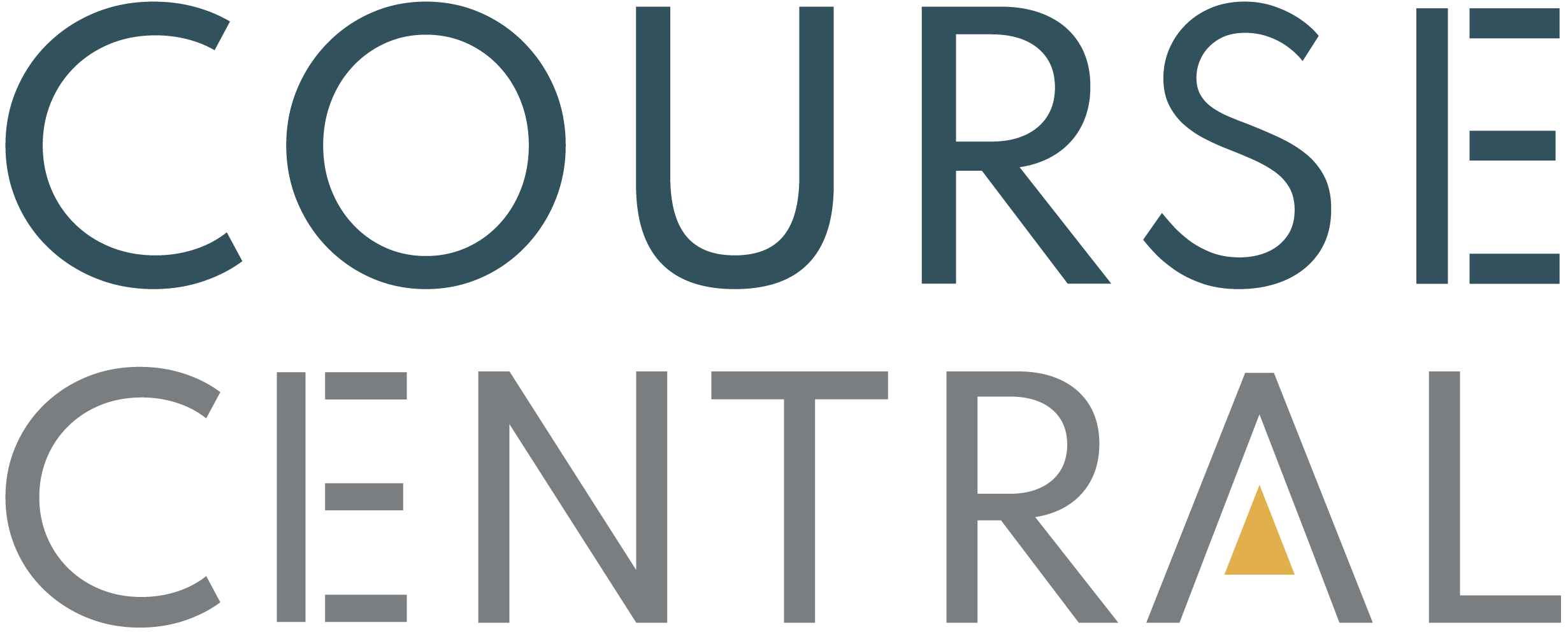What you will learn
- Creating a GUI to control Arduino and PIC Microcontroller
- USB Interfacing for Different Microcontrollers
- Arduino Communication with I2C Bus
- Arduino Communication with SPI Bus
- PIC Microcontroller Communication with I2C Bus
- PIC Microcontroller Communication with SPI Bus
Is this course for you?
- Anyone interested in talking to multiple devices easily via I²C, SPI, RS232, and USB the right way
- Anyone Interested in Interfacing Arduino and PIC Microcontroller with other ICs or devices via I²C, SPI, RS232, and USB
- Anyone Interested in Controlling different devices using I²C, SPI, RS232, and USB Protocols
- Arduino and PIC Microcontroller Lovers
Why Choose Course?
- Conducted by industry experts
- Get Instant E-certificate
- Fully online, interactive Text course
- Developed by qualified professionals
- Self-paced learning and laptop, tablet, smartphone-friendly
- 24/7 Tutor Support
Certification
Upon successful completion of this course, an instant e-certificate will be generated free of charge. The digital version of the course transcript is available for £2.99. We can post the printed copy to your address. A delivery charge of £4.99 for the UK & £12.99 outside of the UK is applied.



